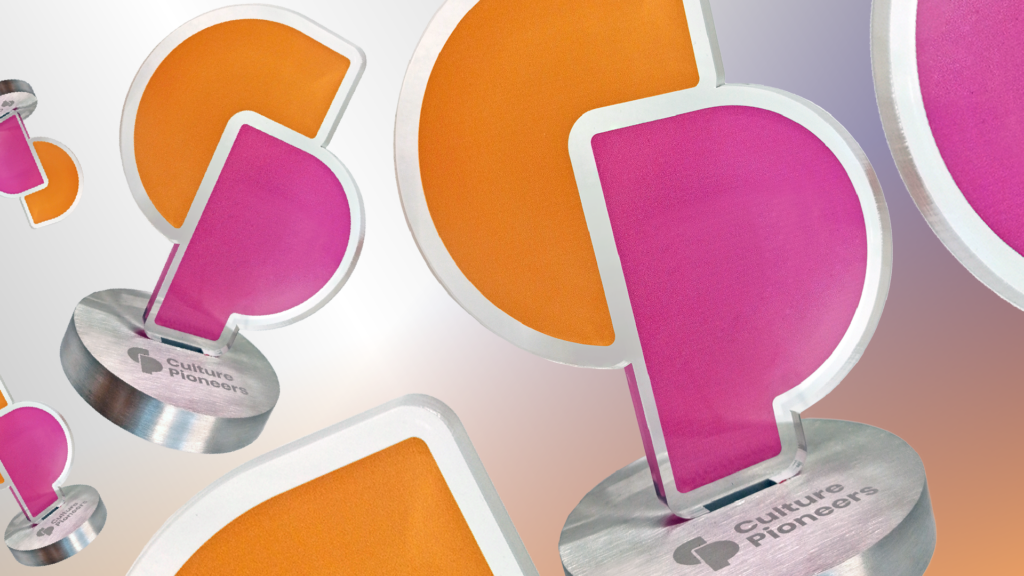It might seem like common sense, but the way to world-class performance is to understand and play to your strengths. As Peter Drucker, author and management consultant put it “A person can perform only from strength. One cannot build performance from weakness, let alone from something one cannot do at all”.
So, why do we persistently overlook this in business and continue to focus on how we can improve on our weaknesses? And what can leaders do now to flip their approach.
It seems crazy that at a time when leaders need to rise to challenges on a scale they’ve never seen before, they wouldn’t take time out to study the strengths of their team and have everyone deliberately and often using those strengths.
It’s not only common sense. Two decades of research supports the idea that building on strengths is the route to exceptional performance. In their research of 276 organisations in 54 industries across 96 countries, Gallup found significant differences between top-quartile and bottom-quartile performances including 23% difference in profitability and 66% in wellbeing.
Professional sports people know that having a deep understanding of their strengths can create a predictably world-class performance time after time.
Where to start?
Without a granular understanding of what accounts for the top team’s successes, and what could trip them up, performance will always be left to chance.
A group of leaders in a global tech company that had to pivot or die in the early days of the pandemic knew they had to quickly work out what they needed to do and how they could do it. They spent half a day looking at their strengths. The feedback from the Managing Director was that he’d learnt more about his team in those few hours than he had in four years’ working with them.
Following the session they reallocated some responsibilities to people who were more naturally suited to them. This resulted in the creation of two whole new revenue streams in a matter of weeks, and the organisation not only survived but is now thriving. The team fed back that it was a fast and energising route to guaranteeing performance because they were assured that the right people were on the right aspects of a job.
Individual strengths work together to produce performance
Great leaders intuitively understand having the right fit of people. In other words, people who are predisposed to a particular kind of work. Professional sports people know that having a deep understanding of their strengths can create a predictably world-class performance time after time. Especially important when the pressure is on and the stakes are high like in an Olympic final.
Some leaders love ideas, making connections and forging new ground – you’re better off putting them in charge of your growth agenda. Others are naturally competitive, have a drive to do the right thing and love developing people – put them in charge of sales. And herein lies one of the revelations of the approach – strengths are not actually mutually exclusive.
Some people ARE naturally competitive AND also get a kick out of helping colleagues. This is true of the best salespeople. A study in a well-known financial services organisation found that, perhaps counterintuitively, the leading sales people shared their winning strategies with colleagues with whom they were in competition.
Some psychometric tests are designed to force respondents to choose between seemingly opposing characteristics. For example, competitive and collaborative as an either/or choice. Whereas a strengths approach recognises that people can have both these characteristics and brings a deeper understanding of what it takes to be a high performer in a given role.
Put people to work on the things that are best suited to the people they are, don’t try and change them.
How do you diagnose your individual strengths?
There are a number of tools on the market for this and while some are the common, tick box ones that use a dictionary of strengths, real value comes from building in rigorous reflection time. Thinking deeply about what kind of people you have on your team and where their best contributions lay.
To make a start on understanding your people’s strengths, ask them what activities have really energised them over the last week or so. In contrast, what have they done that they’d rather not have to do again?
Make a habit of asking them to reflect on those two questions and you’ll help them start to build a picture of where their strengths lie, where they make their best contribution and, importantly, where they feel at their most engaged.
Engaged employees perform better and they’re happier and more resilient. Encouraging a focus on knowing and building strengths is the route to a vibrant, happy workforce giving their best. People need to understand the weaknesses they have that matter in relation to the job in hand, but the most gain comes from building on strengths.
Mapping out the strengths of your team against your goals
Once you know each person’s strengths – you have your team all work out how to most intelligently bring their strengths to bear, how to avoid over-using their strengths and how to mitigate their weaknesses.
Then you can map out the strengths of the team against the goals you have. The key thing to remember is that people are who they are and don’t change all that much through life. So put people to work on the things that are best suited to the people they are, don’t try and change them. That’s where the energy is released and provides both a source of success as well as job satisfaction.
Interested in this topic? Read 'Uncovering the potential of hidden skills.'








